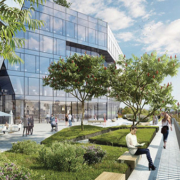The trend of urban densification will become evident in Europe
Filip Pokorný heads the Prague office of Chapman Taylor. The portfolio of countries where this successful multinational company operates is very wide – from Asian countries, which are only in bloom, to developed European countries.

The fact that Chapman Taylor operates in so many diverse markets represents a considerable opportunity to follow the general trends of urban planning, to gain experience and to apply and find the optimum solutions for each project. Filip Pokorný connected his name with the company more than 13 years ago. He enjoys his work. It is very diverse and interesting, although not always easy. “While you hardly process a planning permit with full commitment, my daughter, who was born when we started one of the bigger projects, grew up, learned to walk, talk, and is slowly starting to count,” he adds with a smile.
You have been working for the company since 2007. What was your professional growth like? Did you expect to stay with one company for so long? Don’t you require change?
I started at Chapman Taylor’s office shortly after school with a few years of experience in several offices, after an internship in Brighton. Although I did have a certain comparison, I still had plenty to learn. This company initially approached me with a mix of international and local projects, with a wide range from small projects through to large ones. After I joined, I was very pleasantly surprised by the corporate culture of this international company, where everyone behaved and still behaves in a very friendly, correctly manner and pulls together as a team. It is this culture that Jon and I (Jon Hale – Group Board Director at Chapman Taylor – editor’s note) attempt to develop within the company and which sometimes even protects us from our architectural egos.
Is your work varied or are you trying for it to be?
I’m lucky that my work is naturally varied and that I don’t have to try much harder to make it so. In any case, my colleague Jon Hale and I try to maintain diversity for our colleagues in the office so that they have an opportunity to develop their skills and knowledge across typologies or the levels of projects. In my opinion, this is one of the advantages of our office that we can offer our colleagues.
You have a doctor’s degree in urban planning and brownfield regeneration. Especially the second field is very attractive and indeed current. Do you still focus on brownfields?
I am lucky to be, amongst other things, able to focus on urban planning and brownfields. I enjoy this. It is certainly attractive to me and its complexity represents a significant challenge. In addition to the projects, we are working on in the Czech Republic – the new city district of Ameside in Plzeň, the regeneration of the Pardubice distillery and the regeneration of the Mosilany complex – I have the opportunity to view large-scale projects abroad within Chapman Taylor’s global network, especially those in Asia. There I can follow the latest trends in urban design in practice, whether it is the phenomenon of smart cities, sponge cities, or short-distance cities.
Don’t you think that many architectural gems such as old factories, etc., are ‘destroyed’ along with brownfields?
I do not. Personally, I see a little more value in a well-functioning city than in the conservation of times long past. This is not to say that we must demolish everything, but if the building is to remain, it must, in addition to its significant cultural value, also prove its current viability and that it will enrichen the lives of people in the city. If the preservation of such a building, which in the past was sometimes created by chance and was built for a specific business purpose, is at the detriment of today, it is a different matter. If its preservation requires a compromise solution of urbanism, or prolongs the regeneration process for many years, or even completely blocks the regeneration of the excluded brownfield, then the price to pay is far too high for me.
As an urban planner, you look at each project very comprehensively…
It is important that whenever we regenerate brownfields, we put the time and quality of the environment on scales and realise what our insistence on controversial historical values sometimes represents. Many people will not live to see the regeneration of that part of the city in which they live and that could serve them because of such a historically type of valuable building. It is often that even more ironic is that laymen do not consider these buildings beautiful or valuable.
You are responsible for the company’s key projects in the Czech Republic. Which ones are currently up to date and which do you like best?
We have just over 30 active projects in the Czech Republic and also elsewhere in Europe, from urban studies through the design of office or residential buildings, shopping centres and renovations to interior designs. I like every project I participate in with my colleagues. For me personally, the closest projects are always those where there is mutual understanding with the client, when we do something new and innovative and where the project represents a challenge that we have to overcome.
You participate comprehensively in the project – from its origin to its implementation. How do you view the complex legislative and approval processes and how does your company deal with them?
Unfortunately, the construction planning period is disproportionately long and unpredictable, as we all probably know. Moreover, this process is completely vulnerable to obstruction and ill will. I sometimes feel that we do not remember that a human being’s life lasts on average 70 years. And if the permit for a larger project in Prague today takes an average of seven years, that’s a tenth of our lives. But when we look around, that tenth of life is not reflected in the quality of our cities at all. We often devote energy to minor technical problems, solving obstructions, etc. It is absurd to see what a small percentage of the time and cost of building preparation goes into design or concept, and what is taken up by bureaucracy.
You are also involved in retail, planning and regeneration design. What does it involve?
I work and have worked on many shopping centres and their reconstruction. Shopping centres and retail are not that different from urban planning and the planning of a city as it may seem at first sight. In particular, current trends in this area create more and more small lively neighbourhoods from empty ‘shop boxes’. This is a trend that will continue and the current situation only accelerates it. The new shopping centres will be poly-functional buildings with different contents and different types of public spaces, although mostly still covered.
Do you mean the combination of retail and apartments, leisure activities, etc.?
Yes. Two of our current large projects, Ameside Plzeň and Galerie Pardubice, are moving in this direction, and other projects of reconstruction of shopping centres, where it is not only about cosmetic modifications but often about an overall reassessment and change of the concept, are also moving in this direction. In future, I believe that the reconstruction of shopping centres will go even further, and we will talk about regeneration rather than reconstruction, because their transformation will be very significant.
What are the partial trends here? What about multiplexes, etc.?
You know, I personally think that it is precisely these large impersonal cinemas that are a thing of the past, and rather the trend of small club cinemas or cinemas with some added value is returning.
You have also outlined for me a very surprising ‘densifying of cities’, or how to call this trend?
Yes. While, for instance, in Asia, which is often still completely underdeveloped and developing from an urban point of view, this trend will be the opposite in Europe. Now we can see it, for example, in Leipzig, where people have been, for the last 30 years, moving from the periphery back to the city centre. I think that city centres, even historical ones, will need to be adapted to normal life and people’s needs. Then it is clear that the suburbs will be de-populated and people will return to the cities, which will greatly assist urbanism in general.
It is said about you that you can combine business with architecture. Is there a recipe for this?
I don’t think so. However, we must ensure a quality environment so that our colleagues can devote themselves to their work and ensure their material needs. So, I have to bravely deal with the business side of things so that someone can draw those beautiful projects.
How much has the pandemic situation affected your business? Do you see any light at the end of the tunnel?
As for myself, I see it more like a flight in turbulence. It’s a little bumpy now, but hopefully we will all survive and it will pass soon and we will move on. I believe that the whole thing surrounding covid will shift us, as a human society, and therefore architecture, to a slightly different environment, with slightly different values and also demand. I hope that there will be pressure, among other things, to make our buildings more environmentally friendly. I hope that the state will be forced to significantly streamline the administration in order to help the economy in a rapid recovery, and this will be reflected, for instance, in the shortening of negotiations on building permits, outline plans, etc.
Kristina Vacková / Photo: author and Chapman Taylor
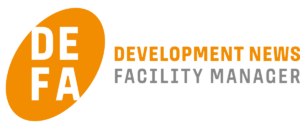




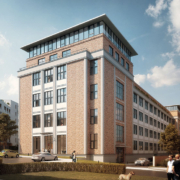

 TBG METROSTAV is one of the largest concrete producers in the Prague region and operates four concrete plants.
TBG METROSTAV is one of the largest concrete producers in the Prague region and operates four concrete plants.

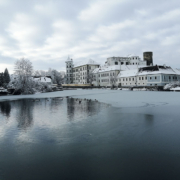
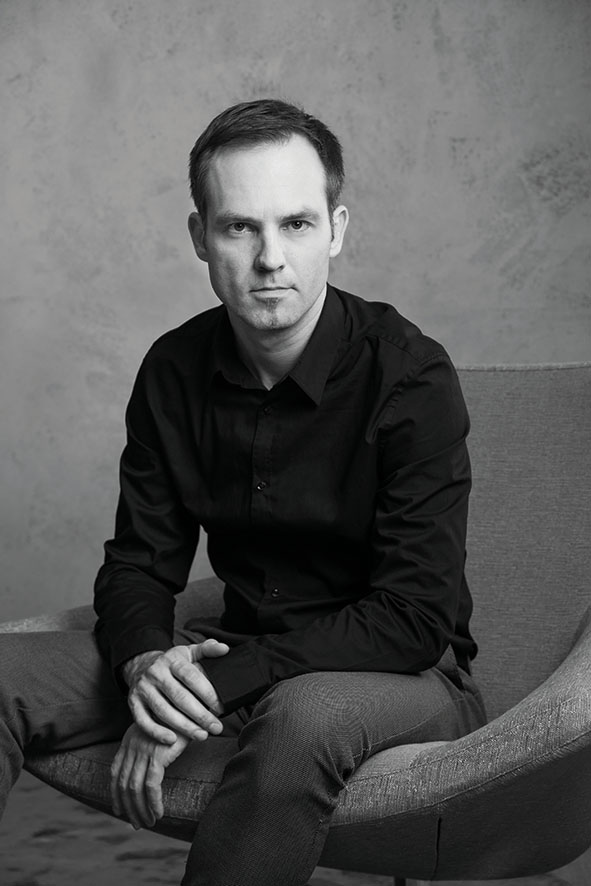 Jindřichův Hradec has long struggled with the absence of a city architect. Last year, a selection procedure was finally held and was attended by 13 candidates.
Jindřichův Hradec has long struggled with the absence of a city architect. Last year, a selection procedure was finally held and was attended by 13 candidates. 
